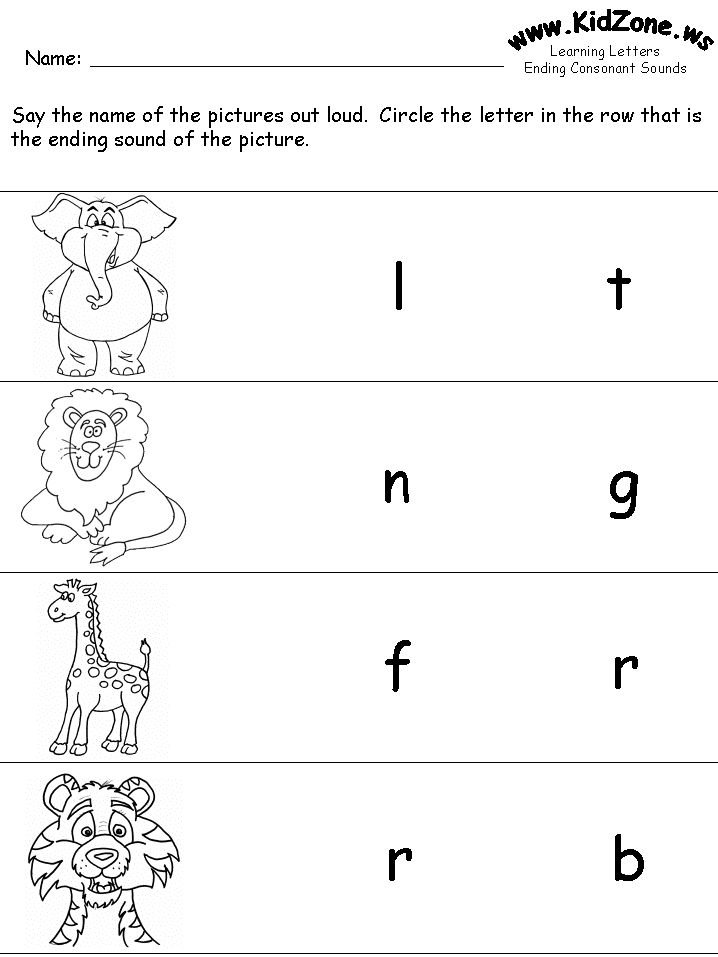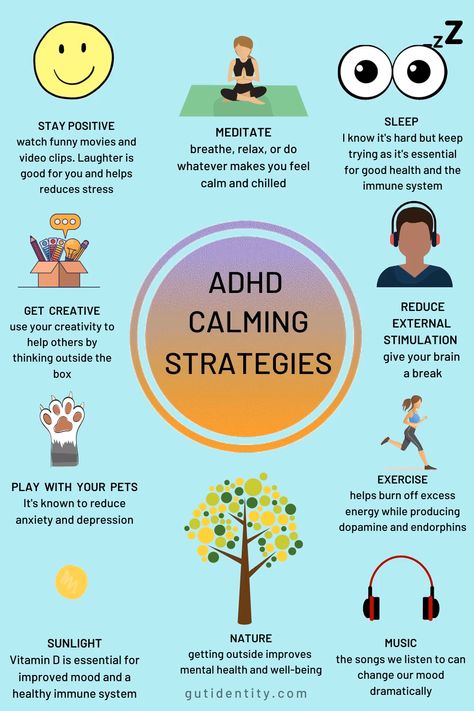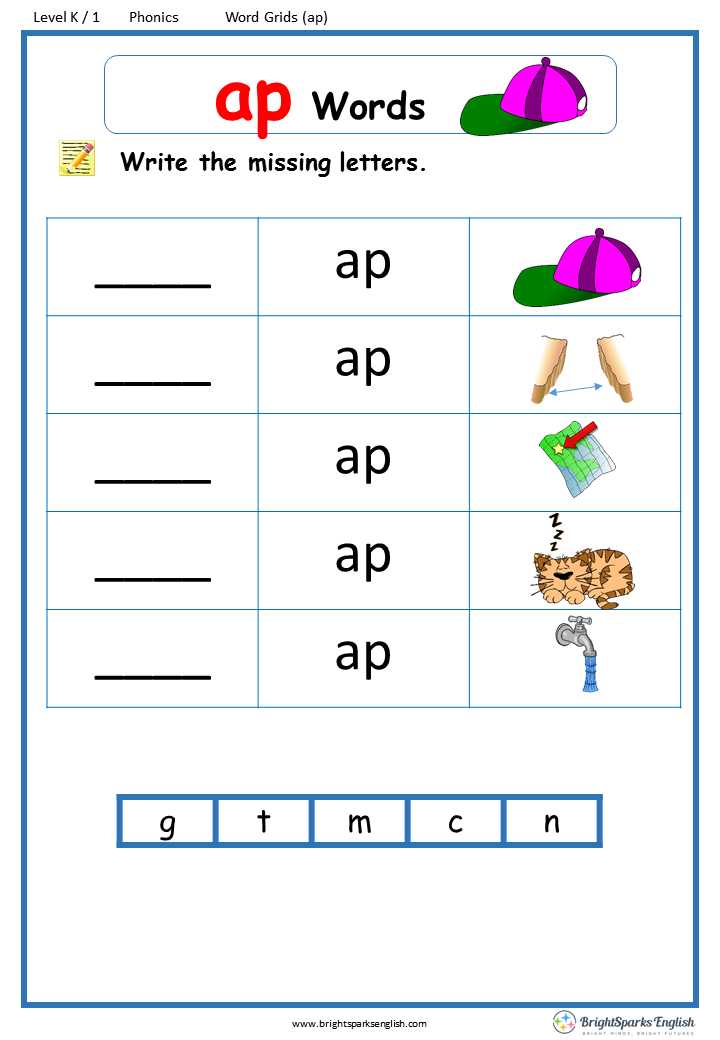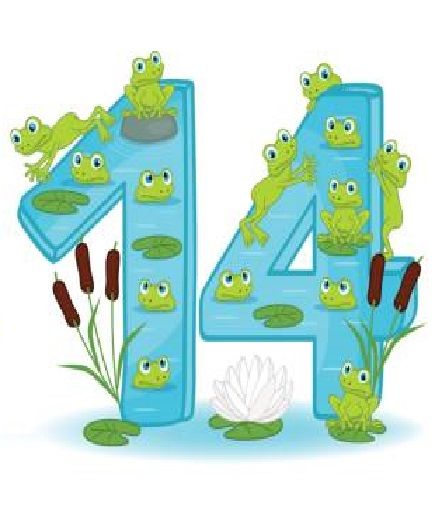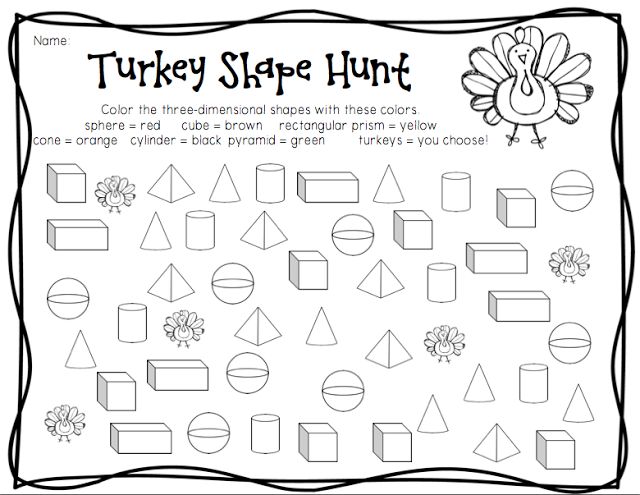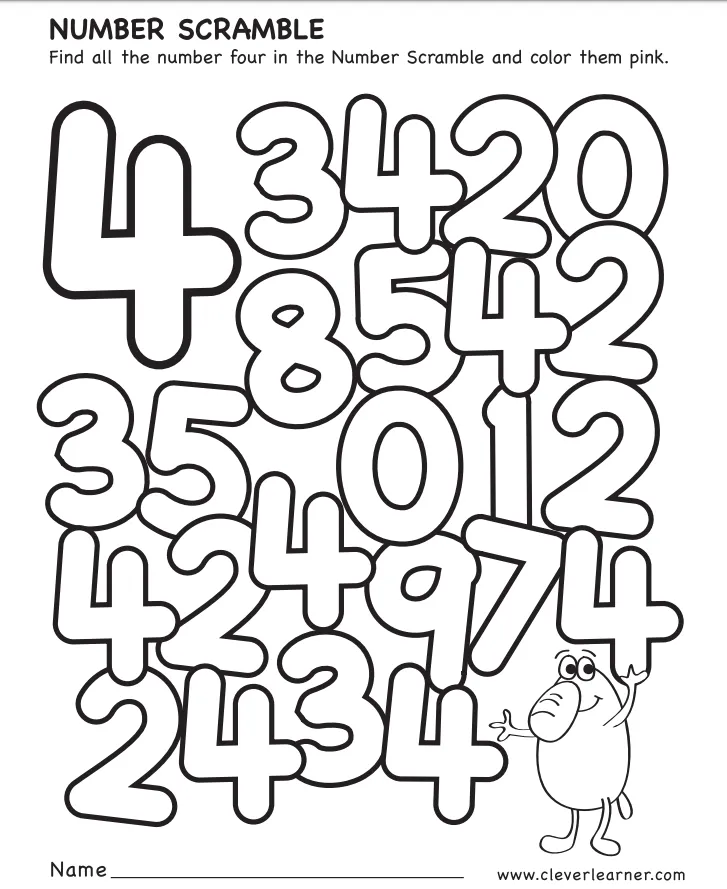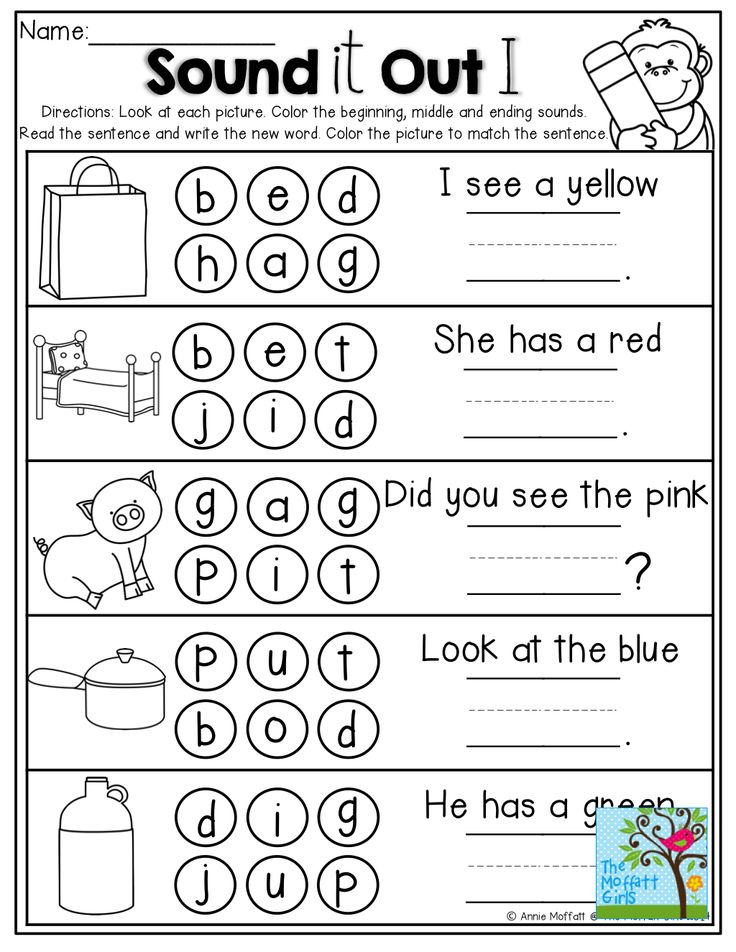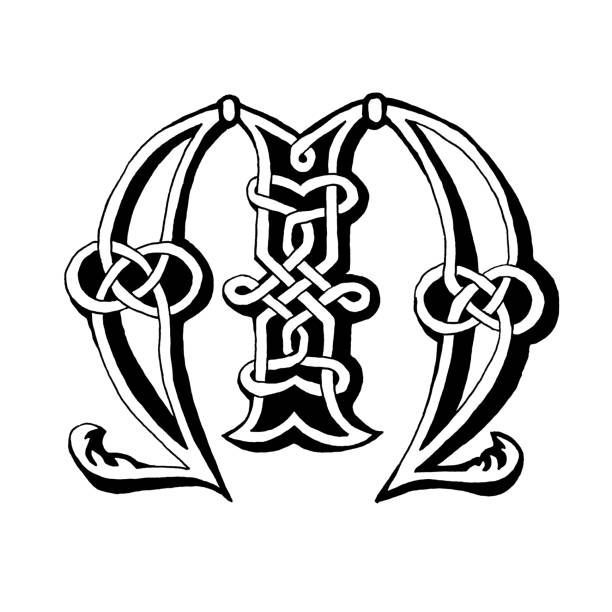Letter sound review
Why It's Important to Review the Alphabet in First Grade
Your first grade students hopefully are coming from kindergarten with a solid alphabet letter sound and letter formation knowledge. However, a whole summer has passed, and that’s just always the case. That’s why it’s important to review the alphabet at the beginning of first grade. Here is how and why you should take the time to review letter names, letter formation, and letter sounds before diving into more complex phonics practice in grade one.
Shouldn’t my first graders already know their letter sounds and how to write them?
The answer is absolutely yes. However, it’s never wise as a teacher to assume your students know certain skills. In many cases, you can do a quick assessment to see what they already know. But, when it comes to both letter formation and letter sound knowledge, I find it best to take a short amount of time to review at the beginning of the school year. Here’s why.
Single letter sounds are the basic foundation of beginner reading skills, after oral phonological awareness skills. If students don’t have a very firm foundation of their single letter sounds, reading simple CVC words like cat and bus will be a struggle. If they don’t have a firm foundation of short vowel sounds, then beginning to focus on long vowels or other vowel sounds is going to be too much too soon. Taking the time to review single letter sounds with an alphabet review at the beginning of the year will hopefully negate the need to stop and review letter sounds later on. Of course, some kids will need extra work, but for the majority of the students who received a solid foundation in kindergarten, a quick review will likely be enough.
How to do an alphabet review at the beginning of first grade
The best way to review letter sounds and letter formation is, in my opinion, like this.
- Quickly– one letter a day is a good pace, or potentially even quicker depending on your students
- Consistently– reviewing each letter the same way each time helps students learn a routine and anticipate what will come next
- Thoroughly– reviewing all parts of the letter- name, what it looks like, sound, formation, and words that begin and end/include that letter- is the way to go.
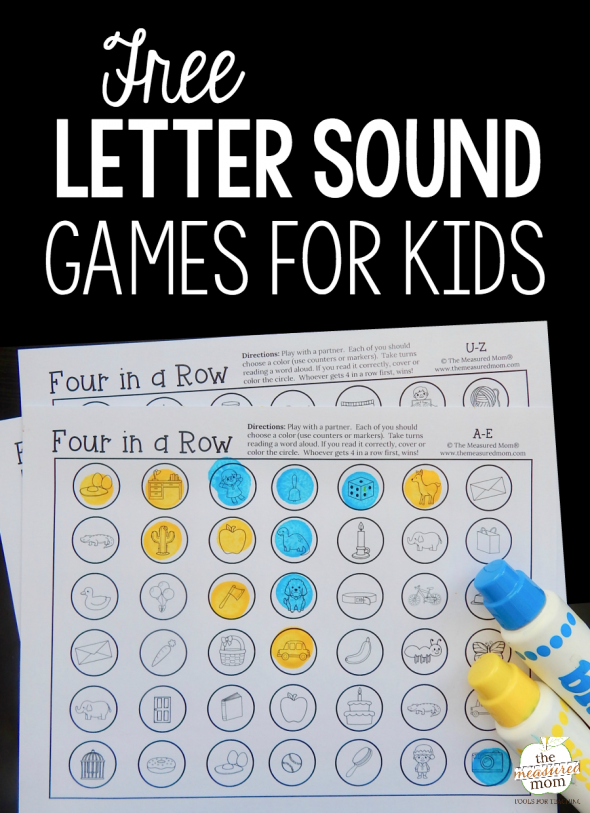
What should my alphabet review look like?
Although there’s not one set way to review letter sounds, letter names, and letter formation, here is how I do it. I create a book with a set template and routine to make it simpler. The following format hits the 3 points above- quick, consistent, and thorough. It also covers letter names, letter sounds, letter formation, and words that begin with or include that letter.
Important Things to Remember
Please note, this should be completed as a guided practice. Simply passing out a letter worksheet for students to do independently each day defeats the purpose of a review. Overall, this should take about 10 minutes for each letter.
It’s helpful to review the letter sounds in the order your phonics curriculum teaches them. This is because it *should* focus on the most frequent letters first. I would
not review letters in alphabetical order as that isn’t the most useful sequence.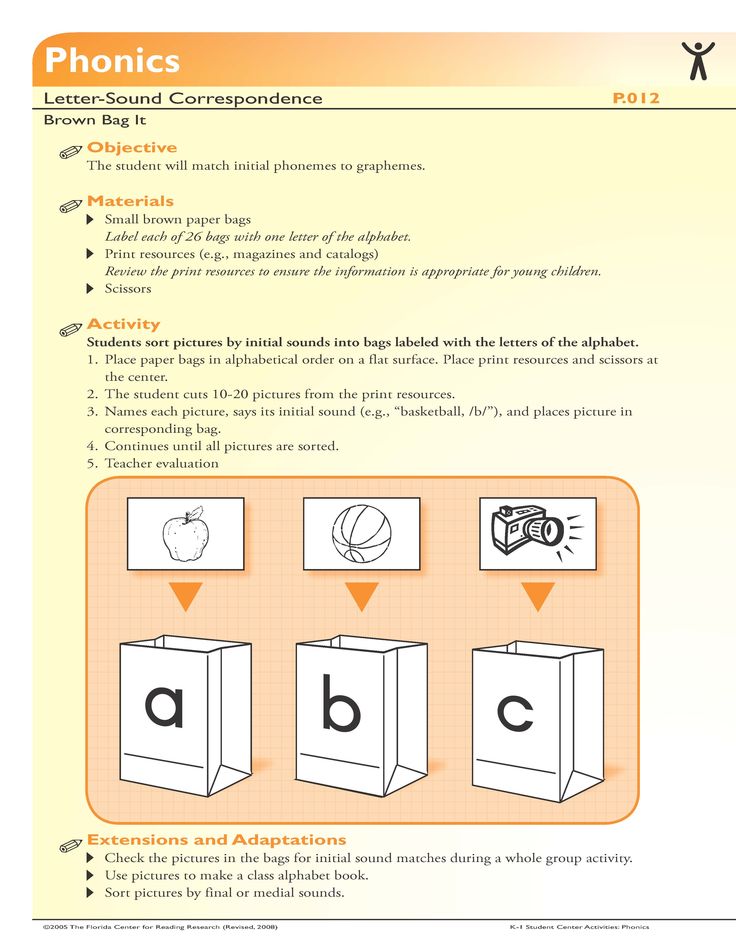 If you’re lost on what order and don’t have a phonics program to follow, here is a sequence that is fairly common. s a t i p n c k e h r m d g o u l f b j z w v y x q (I teach q with the u- qu).
If you’re lost on what order and don’t have a phonics program to follow, here is a sequence that is fairly common. s a t i p n c k e h r m d g o u l f b j z w v y x q (I teach q with the u- qu).
Step 1- Name and Sound
First, review what the letter looks like, the letter name, and the sound the letter makes. It can be very helpful to use a picture cue to help students recall the sound- for example a sun or a snake is a great cue for the s sound. Although some teachers have learned that students don’t need to learn the letter name, just the sound, this is actually not true. Research shows it’s best to learn the letter name and sound together.
That being said, it’s important for students to clearly know what the name and sound are each used for. I always explain it like this. Letters have names, just like you have a name. It tells who you are, but it doesn’t tell us what you do. It’s the same with letters. The name tells us which one, but the sound is “what they do”.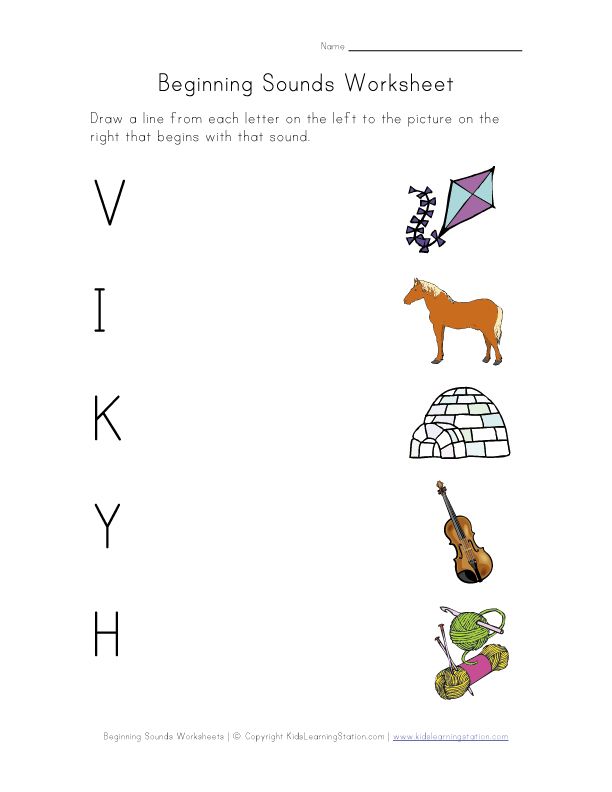 An S is called S but it represents the sound /s/.
An S is called S but it represents the sound /s/.
It can be extremely helpful to include a picture cue to help students recall the letter sound.
Step 2- Find It
Once we show our students what a letter looks like, it’s helpful for them to understand that, even though there is a set way to make the letter, it can look a bit different at times. This is important because often times the books and texts our students will read will not always be in a “student friendly” font. I find it helpful to have them hunt for the letter in different fonts. We also talk about the different ways a letter can look. It’s important to make it clear that they should write the letter the correct, standard way. However, they also need to be able to recognize variations.
Step 3- Write It
Next, we can model correct letter formation for both upper and lowercase versions of the letter. Some things to look out for are students who are consistently forming letter from the bottom. Be sure to emphasize the importance of forming letters from the top. Also, be aware that left handed students might struggle a bit more with letter formation, and might need some extra guidance. I like to use these handwriting videos (also available on TpT here). Give students the opportunity to practice both upper and lowercase letters. I like to have them circle their favorite/best one. Make a note of which letters specific students are struggling with so you can spend extra time on this in small groups or one-on-one.
Be sure to emphasize the importance of forming letters from the top. Also, be aware that left handed students might struggle a bit more with letter formation, and might need some extra guidance. I like to use these handwriting videos (also available on TpT here). Give students the opportunity to practice both upper and lowercase letters. I like to have them circle their favorite/best one. Make a note of which letters specific students are struggling with so you can spend extra time on this in small groups or one-on-one.
Step 4- Brainstorm Examples
Then, we can brainstorm examples of words with the letter in it. I find it helpful to have students draw a picture and then write the word. . This could be completed together, where everyone has the same examples. You could also create a bank of choices as a class, or you could ask students to come up with their own. I find it helpful to include an example of a word with the letter as the beginning sound and another with the letter as a middle or ending sound.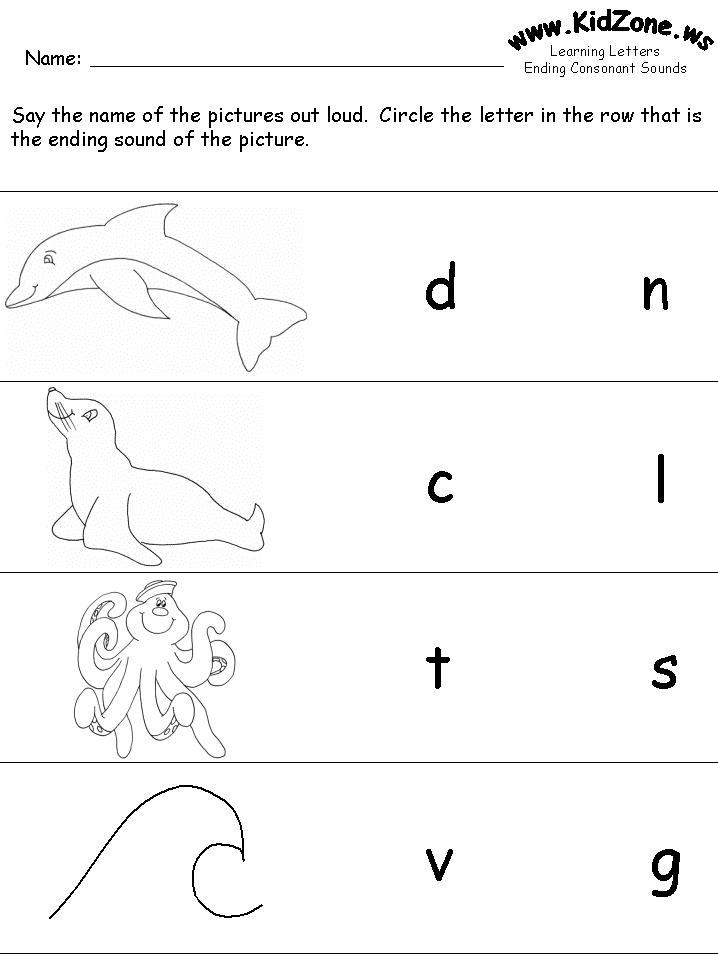 For x, for example, I only include letters with an ending sound because words with x in the front don’t make the typical /x/ sound. Words I like to use for x are fox, box, and mix.
For x, for example, I only include letters with an ending sound because words with x in the front don’t make the typical /x/ sound. Words I like to use for x are fox, box, and mix.
Step 5- Add It to Your Alphabet
Last, I have my students help create my alphabet in my class. This can be incorporated in our letter sound review. I start with a blank template up at the beginning of the school year. Each time we review a new letter, I pick a student to create our alphabet picture cue for our class alphabet. The beauty of doing it after we review means it will be easy for the student to come up with a picture. If you have more than 26 students, you can have some students work in pairs and include two picture cues. If you have a few less than 26 students, you could do some of the letters as examples before passing the job off to your students. Be sure to keep track of which students have had a turn so everyone gets a chance. You can find this template in my free resource library for email subscribers.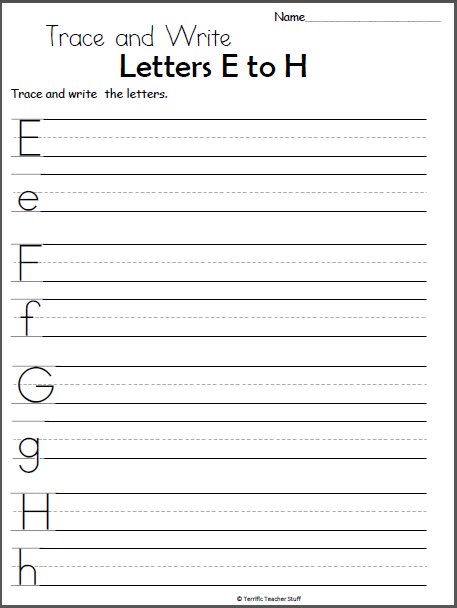
What do you do with the finished alphabet review book?
Once we’ve reviewed all single letter sounds, we can either keep it as a tool to use in the classroom or send it home as a tool for reading at home. I personally prefer to send it home so parents. This allows them to see how their child has learned to pronounce letter sounds and write the alphabet.
Where can I find a good template for an alphabet review?
If you’re looking to do a letter sound review, but you don’t want to create your own template, I’ve got you covered! You can use the alphabet review template throughout this post. It includes a version with a picture cue given and a version with the picture cue blank. Simply pick the version you want to use, print, and go.
You can find the alphabet review template in my website shop by clicking on the picture below. You can also find it on TpT here.
If you enjoyed this, keep reading and learning:
How to Make Sight Words Stick
How to Set Up a Classroom without Spending a Ton of Money
A Guide to Running Reading Centers in First Grade
How to Create a Morning Routine that Sets Your Class Up for Success
Find me on Instagram, Facebook, Twitter, and Pinterest!
Join my FREE Facebook Club for k-2 teachers here.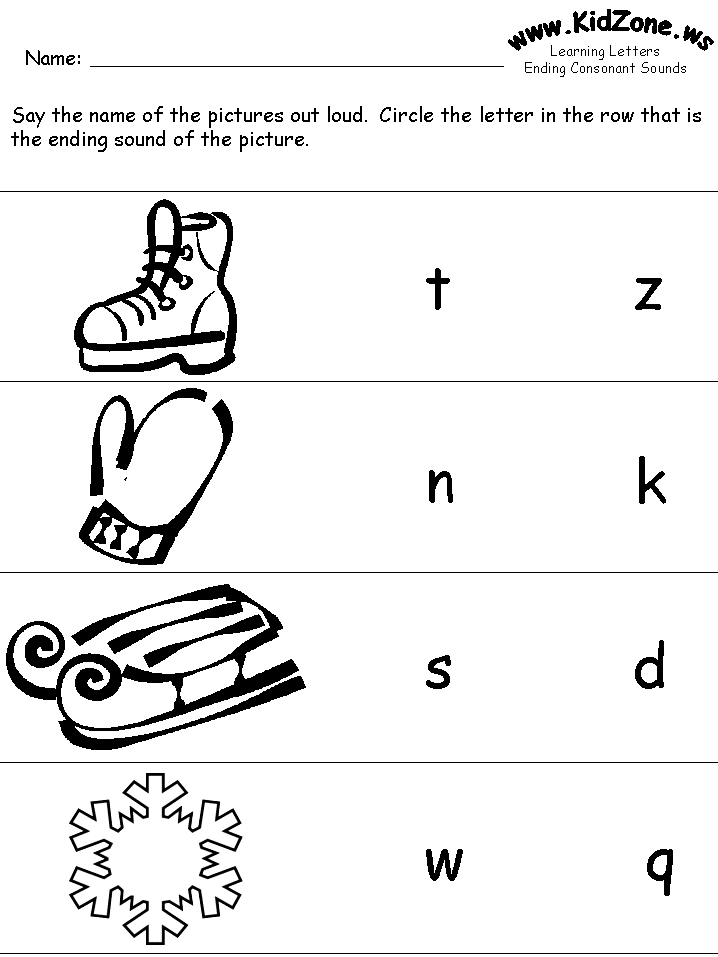
Videos for Learning Letter Sounds
Last updated on January 5, 2022
Don’t waste time searching for videos on YouTube! I’ve compiled a list of my five favorite tried-and-true videos for teaching and learning letter sounds.
It’s the 21st century, and we know that videos are highly engaging for kids and adults alike. So why not use videos for teaching and learning?
I love using videos with my kindergarten students, especially my English language learners (ESL/ELL students). There’s just something about songs that helps learning “stick.”
You can use educational videos to open a lesson, as a warm up, to fill in the small time gaps during the day, or as a review at the end of the day.
I’ve scoured YouTube for videos for learning letter sounds. Here are the top five videos that I recommend!
Learning Videos for the Classroom
While I personally believe these videos are appropriate for preschool, kindergarten and first grade classrooms, remember that there can often be inappropriate ads before and after YouTube videos. Also, I always recommend previewing the full video before showing it to your class.
Also, I always recommend previewing the full video before showing it to your class.
If you plan to show YouTube videos in your classroom, I highly recommend that you read this blog post by Catherine, the Brown Bag Teacher. She shares three ways to eliminate YouTube video ads so that you can safely play these learning videos in your classroom.
Without further ado, here are five fabulous videos for teaching and learning letter sounds in the classroom!
Videos for Learning Letter Sounds
1. Have Fun Teaching’s Alphabet Song
This video is perfect for practicing letter names and sounds. It says the names of the letters clearly as they appear, which provides great visual repetition. It also a catchy song and is well-loved by students.
2. The Letter Factory Letter Sounds
This video is a kindergarten teacher favorite! It has all of the clips and songs from the Letter Factory video.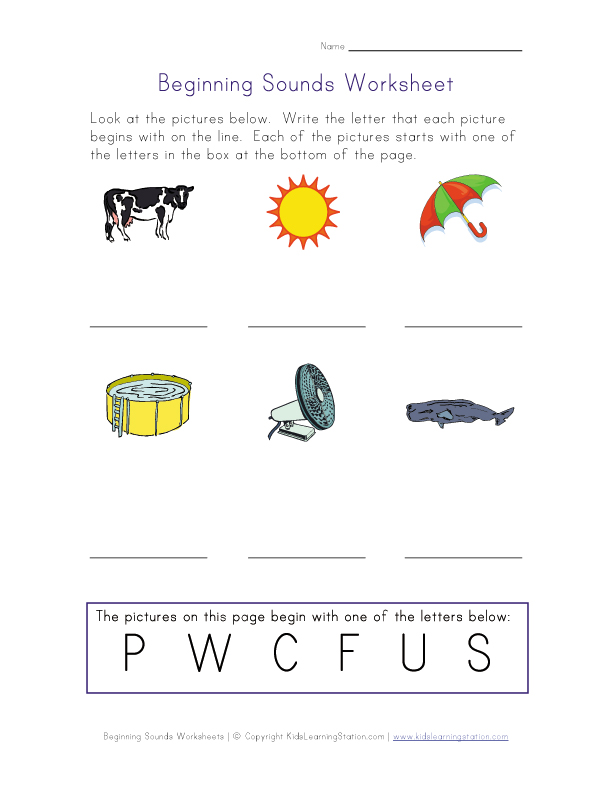 Each sound is sung many times. The letters are shown so students can connect the sounds to the letters. There are also many word/sound connections. For example, “l” is sung by licking lollipops.
Each sound is sung many times. The letters are shown so students can connect the sounds to the letters. There are also many word/sound connections. For example, “l” is sung by licking lollipops.
[Note: Every time I start open the link to this video, it begins the video at 50 seconds in, which is the letter E. To start at the letter A, just click on the beginning of the video so it starts at 0:01.]
If you like this video, you can purchase the whole thing as a DVD or even stream it from Amazon! [affiliate]
3. Learning Letter Sounds
Have you heard of Jack Hartmann? He has some amazing educational videos on YouTube. In this video, Jack is “on the beach.” He reviews all the letter names and sounds in order. He also acts out each beginning sound as the word/object is displayed on the screen. I love that he focuses on building brain and body connections!
4. Act Out the Alphabet
This is great for English language learners! In this video, Jack acts out the alphabet (in order). It’s kinesthetic, so there’s a movement for every letter sound. For each letter, he says the letter name, letter sound, a word that starts with the letter and acts it out in a way for students to mimic.
5. Letter Sound Automaticity
This video is more “advanced” because it practices the letter sounds out-of-order (just like Move & Master Fluency Tables – Alphabet Edition)! It mixes lowercase and uppercase letters and it includes long vowel sounds, too! As it shows each letter, it gives 4 seconds of wait time for students to say the letter sound before Jack reinforces it by saying it in the video. Each letter sound is reviewed twice.
Do you know of any videos for teaching letter sounds?
What do you think? Do you have any videos you could add to the list? If so, please let me know in the comments below! I would love to update this post with more videos. 🥳
FREE Phonics Resource
If you’re teaching letter sounds, you’ll probably be interested in this FREE “Help Your Child Learn to Read” brochure for your students’ parents!
About the Author
Lauren
I help elementary teachers streamline their phonics and reading instruction by giving them all of the information and resources they need to maximize every reading lesson and raise their students reading levels once and for all.
You May Also Enjoy These
Reader Interactions
How to do sound-letter parsing of a word?
Sound-letter analysis of a word is a characteristic of the sound and letter composition of a word.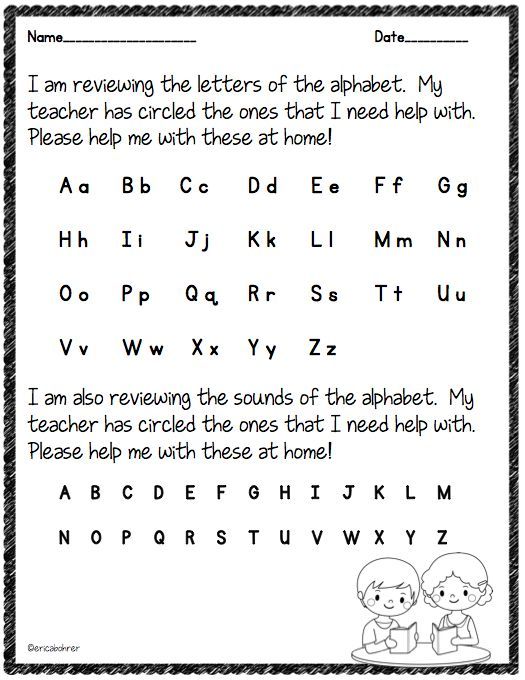 To fulfill it, transcription is written - an exact recording of the sound composition of the word.
To fulfill it, transcription is written - an exact recording of the sound composition of the word.
Sound-letter (phonetic) analysis of a word is necessary for the conscious mastery of the Russian language, the correct spelling of words, especially in cases where words contain unstressed vowels, unpronounceable consonants, letters denoting two sounds, letters denoting sounds, etc.
Definition
Sound-letter analysis is an analysis of the sound composition of a word and its letter representation in writing.
Phonetic analysis is performed in several stages. Sound-letter analysis involves dividing a word into syllables in accordance with the number of vowels, placing stress, recording the sound of a word. Then a phonetic analysis of each sound is carried out. Phonetic analysis is completed by counting the number of letters and sounds.
Letters and sounds
In order to correctly perform sound-letter parsing of a word, we will learn to distinguish between what we see on paper letters , and when we pronounce the word, we hear sounds .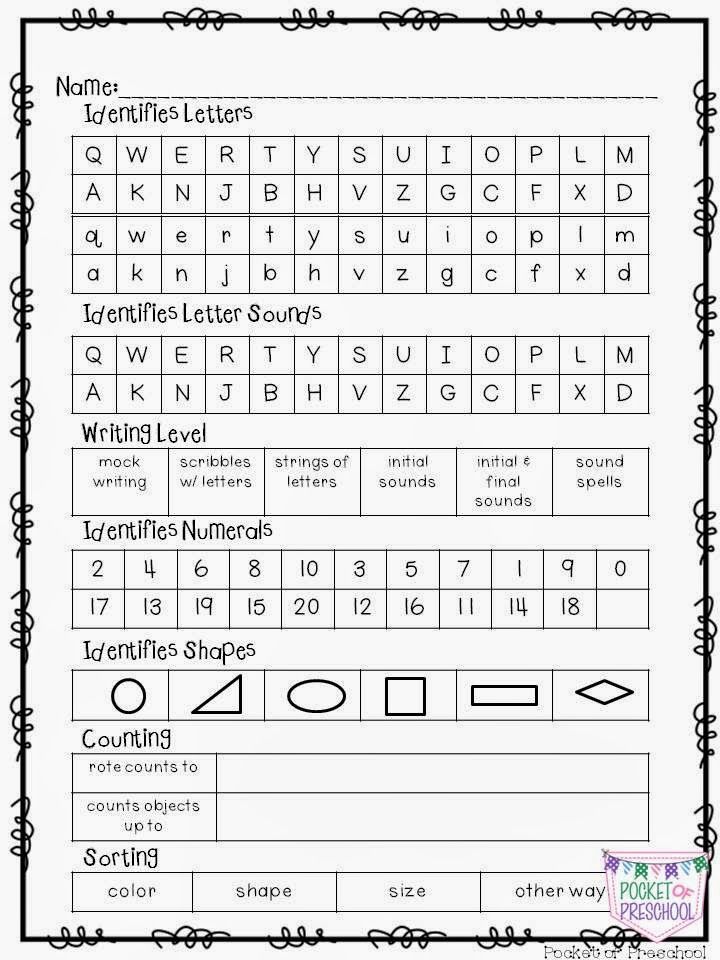 Letters are graphic signs that can be used to represent the sounds of speech.
Letters are graphic signs that can be used to represent the sounds of speech.
The Russian language distinguishes between vowels and consonants.
Vowels and sounds
Vowel sounds are produced by the free passage of air from the mouth. They consist only of voice. There are 9 in Russian0007
6 vowels: [a], [o], [y], [e], [i], [s]
and
10 vowels: a, o, u, e, i, s, i, e, e, u, i
The vowels [a], [o], [u], [e], [s] sound after solid consonants, and the letters “i”, “e”, “ e", "yu" , "i" and "b" indicate that the previous consonant is soft. This phonetic softness is indicated by a special icon - an apostrophe:
- flax [l 'on]
- radish [r 'and d' and s]
- salt [s o l’]
To perform sound-letter analysis, the word should be stressed.
Under stress, vowels sound distinct, but without stress they are distorted:
Ex.
Example
wall [s t' and n a], mountain ash [r' and b' and n a]
Each vowel alone or in combination with one or more consonants forms a phonetic syllable:
- bo-lo-to
- kra-so-ta
- u-di-vi-tel-ny
- li-ni-ya
Consonant letters and sounds
There are 36 consonant sounds in Russian speech. When they are pronounced, the exhaled air rubs against the lips, tongue and cheeks, resulting in noise.
Always voiced consonants [l], [m], [n], [r] are pronounced with the voice and minimal noise.
If consonants are pronounced with a greater share of voice and noise, then voiced consonants are formed:
[b], [c], [d], [d], [g], [h] deaf consonant, which is pronounced with more noise than voices:
- [b] - [p];
- [v] - [f];
- [g] - [k];
- [d] - [t];
- [w] - [w];
- [h] - [s].
The letters “x”, “c”, “ch”, “u” denote voiceless consonants [x], [c], [h’], [u’], which do not have paired voiced consonants.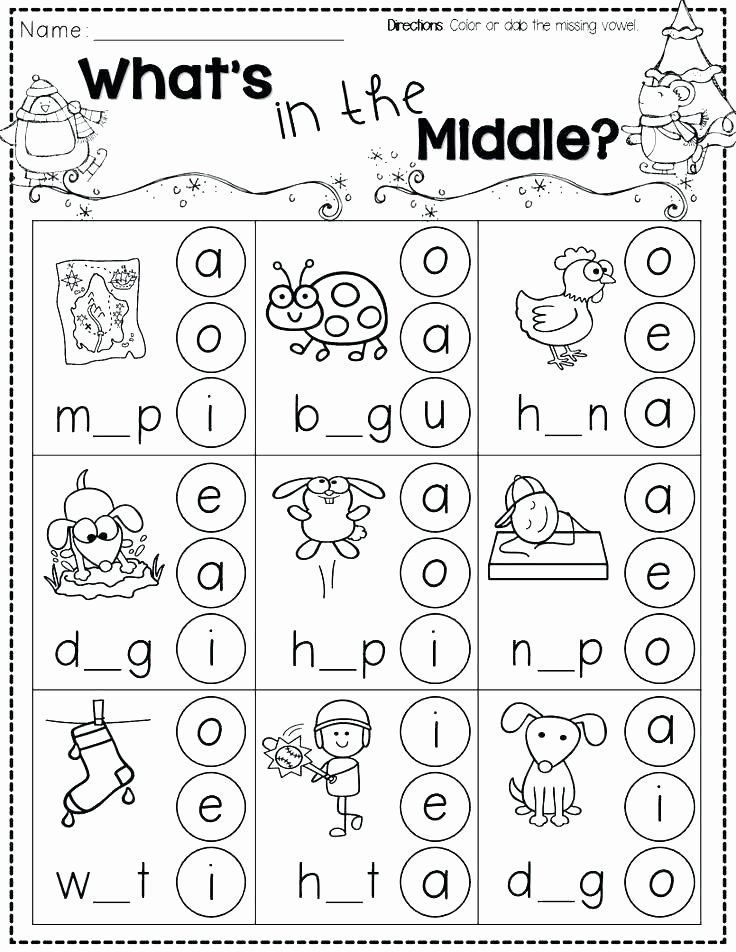
Consonants are hard and soft:
[b] - [b'], [c] - [c'], [g] - [g'], [d] - [e'], [h] - [s '], [k] - [k '], [l] - [l '], [m] - [m '], [n] - [n '], [n] - [n '] , [p] - [p '], [s] - [s '], [t] - [t '], [f] - [f '], [x] - [x ']
Performing sound- letter analysis, we take into account that the letters "y" , "h" and "u" always denote soft sounds [y '], [h'], [u'],
a letters "g" , "sh" , "c" - solid sounds [g], [w], [c].
How to learn how to do sound-alphabetic parsing
In order to learn how to do sound-alphabetic parsing of a word, it is important to understand that often the spelling of a word and its sound do not match. A word can have:
- the same number of sounds;
- more sounds than letters;
- there are more letters than sounds.
Examples
- sky [n'e b a] - 4 letters, 4 sounds
- label [y 'arlak] - 5 letters, 6 sounds '] - 6 letters, 5 sounds
When recording the sound composition of a word, it should be taken into account that the letters "e", "ё", "yu", "ya" can denote two sounds in the following positions in the word:
1.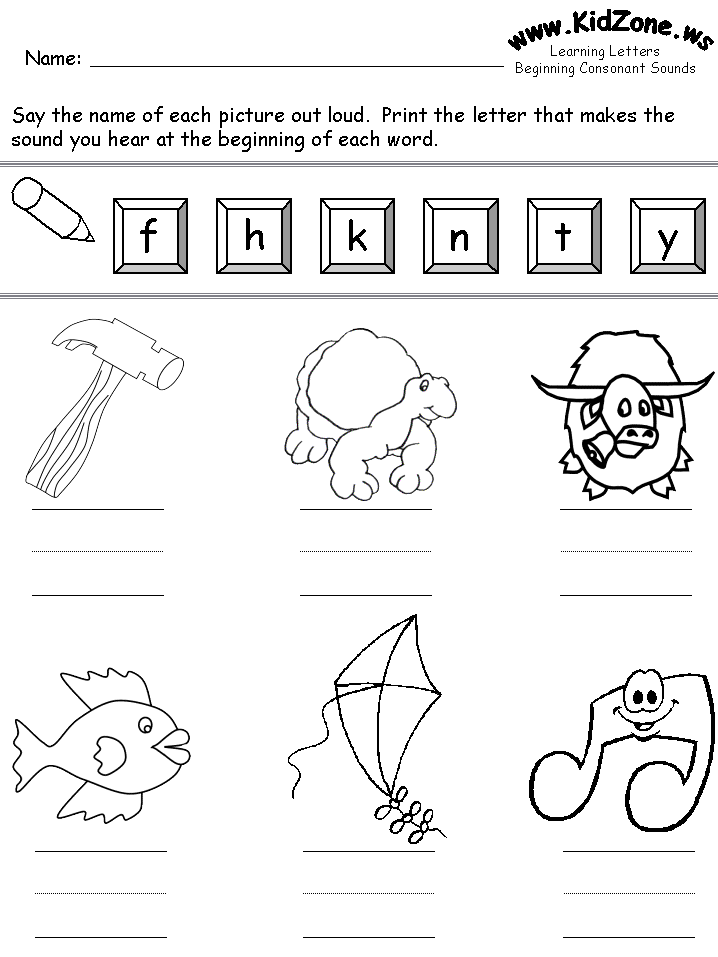 at the beginning of a word:
at the beginning of a word:
- caustic [y' e t k'i y ']
- capacious [y' o m k' and y ']
- young [y' u n y y ']
- nursery [y' a s 'l'and]
2. after other vowels:
- ride [pai 'e z'd'i t']
- sing [pai 'o m] 9005 [1 cabin k a y y t a]
- beacon [m a y 'a k]
] As you can see, there are always more sounds in such words than lit. After the consonant sounds, the letters "e", "ё", "yu", "ya" denote their softness: l' y k] When writing down the sound of a word, it should be taken into account that in Russian there is a phonetic process of stunning voiced consonants that are before a voiceless consonant and at the end of a word, and, conversely, voiceless consonants are voiced before a voiced consonant , except for "l", "m", "n", "r", "c", "th" : spoon [lo sh k a], knight [v 'and t'a s'], glare [o d b l 'and s k] lubrication [with mask], shot [drop '], shift [rear 'and n u t '] all [f s' e], pond [pr u t], station [v a g za l] In words with the letter combination "zzh" , a long soft sound is heard [zh']: In words that have "ь" , which indicates the softness of the previous consonant sound or is a morphological sign indicating that the word belongs to the feminine gender, we count more letters and fewer sounds: Soft consonants can soften the preceding consonant. Let's listen to how the words sound: Image source: fedsp.com To perform sound-letter analysis, we write down the word and put the stress in it. Let's break it down into phonetic syllables. Taking into account all the phonetic changes in the word, we write down the letters and the corresponding sounds of the word in square brackets vertically. Let's give a phonetic description of each sound. For example, let's perform a phonetic analysis of the word "Christmas tree" : Christmas tree [y' o la h' ny y '] ё-lo-chny - 3 syllables. The first syllable is stressed. The word "Christmas tree" has 7 letters, 8 sounds. Supplementary material If you have any difficulties in conducting a sound-letter (phonetic) analysis of a word, you can always check yourself on the site phoneticonline.ru. To consolidate the material, watch the video on the topic of the lesson. {{ info }} Install Dictionary of abbreviations Antirewrite Order text Parsing Morphological analysis of the word Perform word analysis Pick up single words Spellchecking Arrange commas Put stress on a word Determine the main idea Identify statements that match the text Title text Text guide. Add a word to the form and the program will automatically parse it. Such parsing is also called sound-letter parsing - because in the process of parsing a word, the number of letters and sounds is counted. Also, during phonetic analysis, the word is divided into syllables and the stress is placed. But the main goal is to perform phonetic transcription and characterize all sounds. The order of phonetic analysis: 1. Stress. 2. Breakdown into syllables. 2 options are provided here: syllables for analysis and options for word wrapping. 3. Transcription of the word [in square brackets]. 4. Description of the word. 5. Transcription of each sound in order. The sound is placed in square brackets. a) If it is consonant, then its following characteristics are determined:
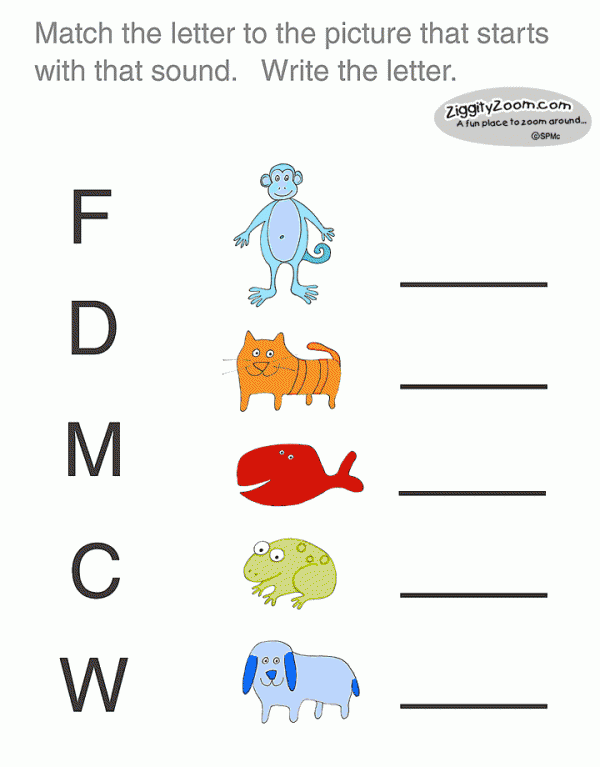
Phonetic parsing example
Sound letter parsing example
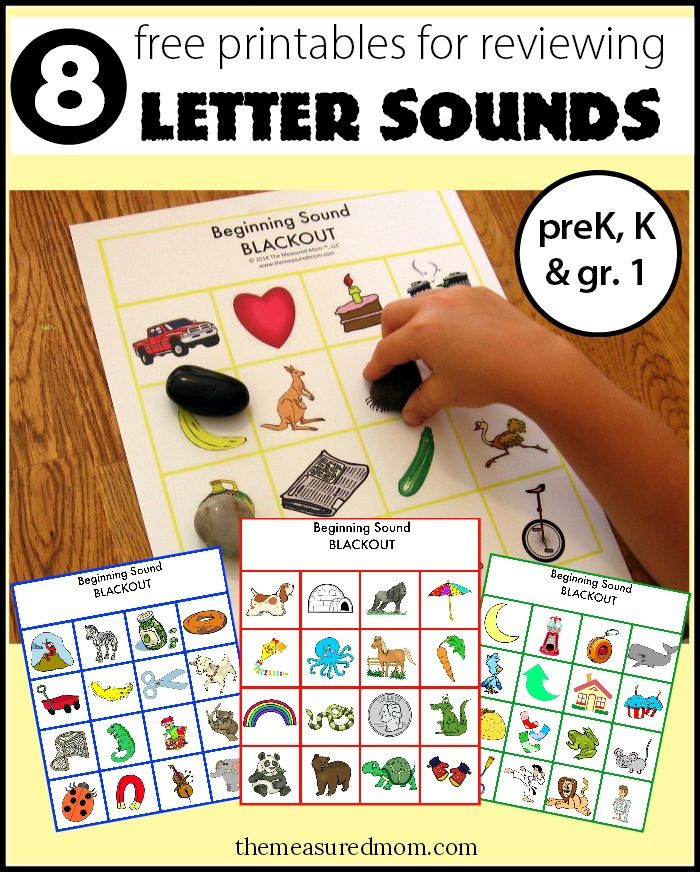
Video "Phonetic analysis of words"

Phonetic (sound-letter) word analysis, transcription. Online service
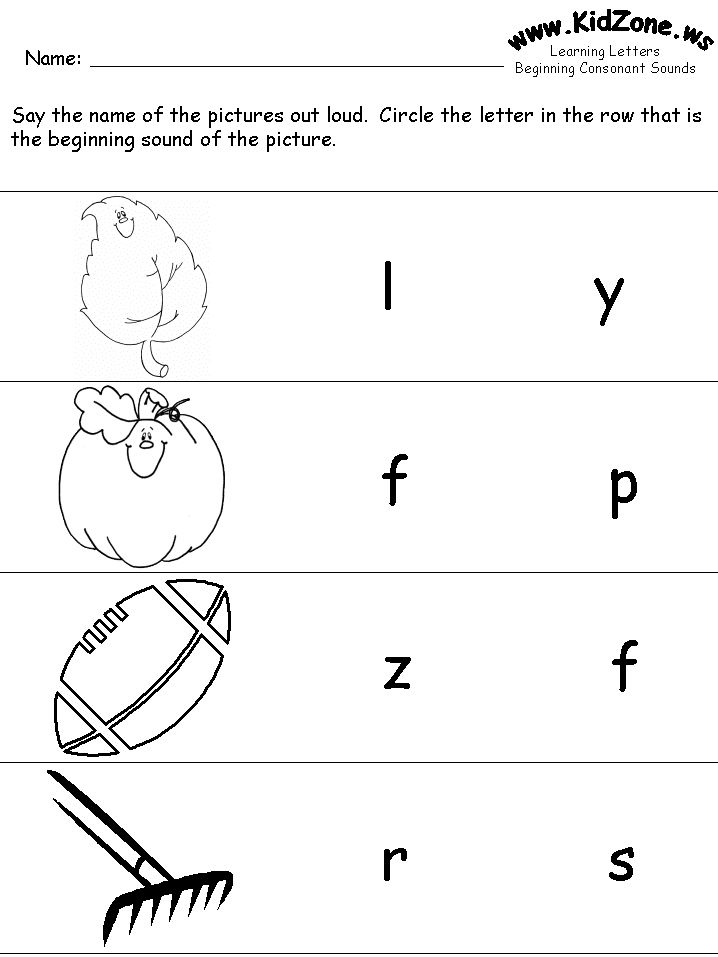 Phonetics makes a phonetic analysis of the word online.
Phonetics makes a phonetic analysis of the word online.
